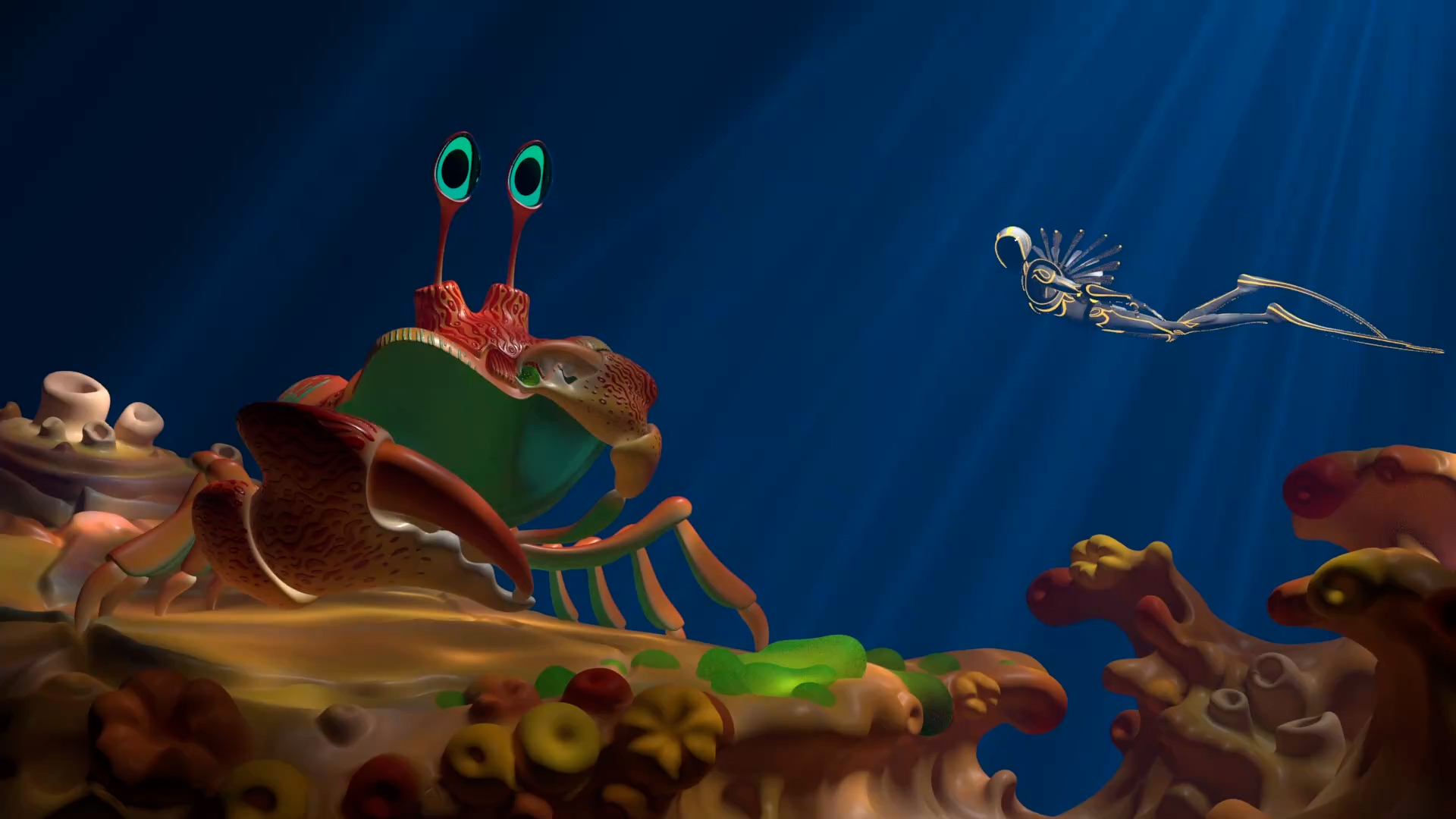Hosted by Auckland LASER Talk Series (Leonardo Art Science Evening Rendezvous), an International platform for informal conversations that bring together artists, designers, scientists, activists and communities. https://lasertalksauckland.com
Date: Friday 25 February (5:00 pm NZ Time)
Location: LASER Virtual via Zoom
Register in advance for this webinar:
https://us02web.zoom.us/webinar/register/WN_I8Ge3VJETYu1M3BWxuPWlg
Presenters: Anastasia Tyurina, Jen Seevinck, Joyce Campbell, Richard Niania
Laser Chairs: Andrew Denton, Janine Randerson, and Maree Sheehan
Ū mai ko Te Taniwha is a new iteration of Richard Niania and Joyce Campbell’s decade long project to capture and preserve kōrero (narratives) about the tangata (people), tuna (eels) and taniwha of Whakapūnake te maunga (the sacred mountain of the Wairoa region) and Ruakituri awa (a major tributary of the Wairoa river). Ū mai ko Te Taniwha will take place in Wairoa, marking the return home of images and artefacts including a rare manuscript containing hymns, prayers and whakapapa written by the Rongowhakaata warrior prophet and founder of the Ringatū faith, Te Kooti Ārikirangi Te Turuki, a taonga that has been in the care of the Kūnaiti, Ranapia and Niania Whānau of Te Reinga since the prophet gave it to Niania’s ancestor Paratene Waata Kūnaiti in 1869. The project seeks to facilitate its reunion with the only other such manuscript after a separation of one hundred and fifty years.
In The Maranoa River project, Anastasia Tyurina investigates how to represent water at scales invisible to the human eye yet crucial to take into consideration. The Maranoa River is significant to the Gunggari community and the pastoral and rural people of Mitchell, a town and locality in the Western Downs district of the Maranoa Region, Queensland, Australia. The river is a recharge location for the Great Artesian Basin (GAB), a complex hydro-geological system expanding across one-fifth of Australia. The project explores the Maranoa River from the standpoint of water and its effects on artistic, scientific, and educational practices.
Light and Water: A Visual Language for Hybrid Place explores a common theme in Jen Seevinck’s work, the development of a visual language for site-specific work as a means to create hybrid data-physical experiences. Our everyday experience of the world is increasingly pervaded by smart devices and data networks – creating places that are at once both physical and virtual. Jen’s work makes the latent data-driven world explicit in the real physical world. Her data visualisation practice searches out evocative place data and presents it in ways that relate to “the data.” In this presentation, Jen will talk about her data visualisation practice working with three cities – Brisbane, Australia, San Jose, USA and Venice, Italy.
Bios:
Richard Niania (Ngāi Kōhatu, Ngāti Kahungunu ki Te Wairoa), is based at Te Reinga in the Ruakituri Valley near Wairoa, where he is tribal historian and kaumātua of his Ngāi Kōhatu Hapū. He was educated at St Stephen’s School, Bombay and attended Victoria University in 1973. In 1975, he returned to Wairoa to work on the Tauwharetoi Incorporation until he joined the Department of Māori Affairs in 1987. When the Department was devolved, in 1989, Niania returned to Victoria and, in 1991 completed the BA he had begun in 1973. He returned to Te Reinga in 1992 taking up leadership roles in Hapū, Iwi and Community organisations in Wairoa and greater Ikaroa-Rāwhiti region. He has worked with Joyce Campbell on Te Taniwha since 2010, a long-term project resulting in several exhibitions relating to the hītoria (histories) and pūrākau of Te Reinga and its people.
Joyce Campbell (b. 1971) was raised in the Mangapoike Valley North East of Wairoa township. She has a PhD in Creative Practice from the University of Auckland (2021), where she is an Associate Professor at the Elam School of Fine Arts. Her work utilises anachronistic photographic techniques, such as the daguerreotype and ambrotype, as well as conventional analogue and digital photography, video, film and sculpture which she uses to examine the collision of natural and cultural systems in extreme environments and at moments of traumatic transition. Her interests have led her to render visible microbial colonies, crystals in the process of formation, silver dispersing into colloidal suspension, the migration of glaciers into the ocean, distressed coral reefs and dead forests, river gorges in rural New Zealand and California’s desert washes and industrial brownfields. Over the last twelve years she has worked closely with Richard Niania to render visible the overlaid narratives of Taniwha, eels and peoples that have shaped and brought meaning to the Ruakituri and Hangaroa Awa as they converge at Te Reinga to form the Wairoa.
http://www.adamartgallery.org.nz/past-exhibitions/on-the-last-afternoon/
Anastasia Tyurina’s creative practice draws on the intersection of arts, science, and technology from the standpoint of water. Her approach to art and science implies the study of the materiality and the symbolic representations of water. A design researcher and a new media artist, Anastasia is interested in collaborative practices of science, technologies, arts, and design that address complex critical issues in society. Anastasia operates within the domains of emerging technologies, visual communication, interaction design, scientific imaging, photography, and creative coding. Her research and practice lie in the area of immersive visual-led digital experiences that promote social change, better health, and wellbeing.
Dr Jen Seevinck is a practice-based researcher and an artist/designer in digital, interactive art and visualisation. She has been active in the electronic arts and research space for over 20 years. Jen is an Associate Professor in Design at the Queensland University of Technology and has over 40 research outcomes and papers including the monograph ‘Emergence in Interactive Art’ (Springer).
http://www.smartnoise.net/




